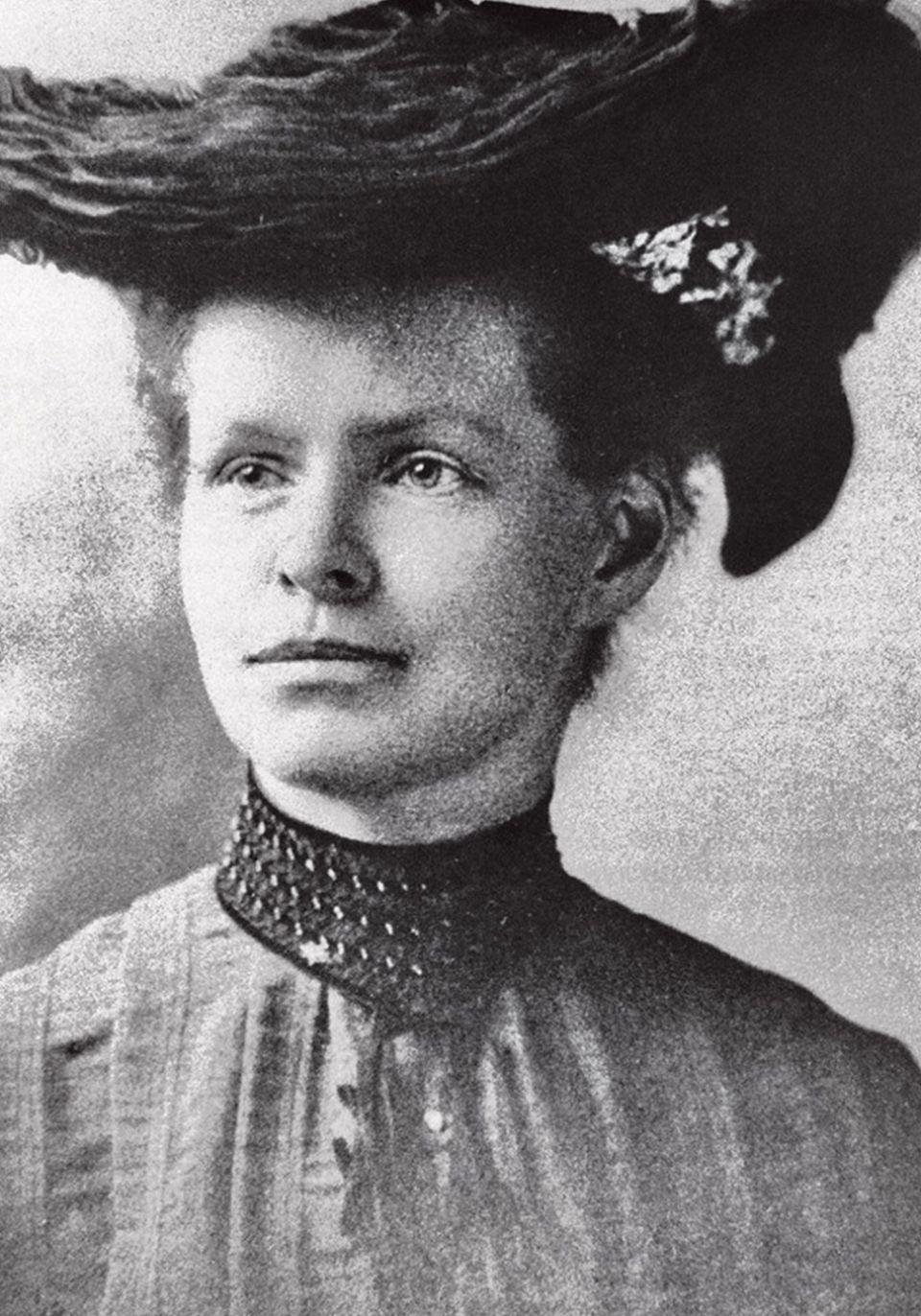Nettie Stevens: XX in a Field of XY
Gender barriers did not stop Nettie Stevens from discovering the genetic basis for biological sex.
Written by Sydney Kim
The early 1900s was a particularly exciting time period for the field of genetics; Mendel’s research on the dominance, independent assortment, and segregation of alleles was re-discovered, and the chromosomal theory of inheritance— asserting that structures called chromosomes are the basis of heredity— emerged as a pivotal principle. Now, the question was whether biological sex was determined by genes on such chromosomes or influenced by environmental factors during embryonic development.
Born in 1861, Nettie Maria Stevens had so much passion for learning that she graduated from a four-year program in two years as the top of her class at Westfield State University. Deciding to pursue further education, she left her teaching profession to attend what is now Stanford University in 1896, where she earned her Bachelor and Master degrees while studying marine microorganisms. At Bryn Mawr College in Pennsylvania, she studied under Thomas Hunt Morgan (the future “Father of Modern Genetics"), working closely with him and fellow geneticist Edmund Beecher Wilson, and eventually became a research associate there.
Nettie Stevens at work in Naples, Italy, 1909.
In 1891, Hermann von Henking had found that in insects, half of the offspring inherited one more chromosome than the other half. This “extra” chromosome was nicknamed the “accessory chromosome” by Clarence McClung, who proposed that it played some role in determining sex by 1901. Having received her doctorate in 1903, Stevens joined the investigation of sex chromosomes.
In 1905, Stevens published the first of her two-part manuscript Studies in Spermatogenesis. She tracked the behavior of the mysterious accessory chromosome across different types of beetles and its inheritance pattern through cell division. However, the most interesting find surfaced with her study on Tenebrio (mealworms). Contrary to McClung’s theory that the number of chromosomes, or the presence of an accessory chromosome, determined sex, Stevens found that it was rather the size of a particular chromosome. From the somatic (body) cells of the mealworms, females contained twenty large chromosomes while males had a relatively smaller chromosome in addition to nineteen large ones. Only half of the sperm cells were found to contain this small chromosome.
Plate IV from Stevens (1905) showing hand-drawn micrographs from Tenebrio molitor samples.
In the second publication in 1906, Stevens expanded her arsenal of specimens to study spermatogenesis, the development of sperm cells, in forty-two additional species. She observed that there seemed to be two systems of heterochromosomes (later called sex chromosomes). In 86% of the species, the size difference between the heterochromosomes prevailed; the larger chromosome was labeled l and the smaller was labeled s. In the rest of the samples, McClung’s theory on the accessory chromosome was seen once again. Supporting an earlier hypothesis by Carl Correns that sex is a Mendelian trait, Stevens noticed that when an egg was fertilized by a sperm carrying the s chromosme or lacking the accessory chromosome, the offspring developed male characteristics. Conversely, when an egg was fertilized by a sperm carrying the l chromosome or the accessory chromosome, the offspring was female. The l and s chromosomes would later be named the X and Y chromosomes, respectively, by 1909.
Yet, Stevens’ contributions were not widely acclaimed at the time. Wilson had independently published his study on Hemiptera insects a few months before Stevens’ findings in 1905, but had less concrete and extensive evidence. He also found that males had an unequal pair of chromosomes while not completely discarding the possibility of environmental influence. Wilson had only examined the testes because eggs were too large for his laboratory procedures, while Stevens had considered egg tissue and the process of fertilization as well. Still, Wilson’s work was more widely received than Stevens’; he was already a renowned researcher in the genetics field, did not face gender discrimination, and revised his paper once Stevens made her findings, mentioning her work in a footnote. By 1906, Wilson would formally claim the term “sex chromosome”, adding to the popular belief that “Miss Stevens”— never referred to as Dr. Stevens— was only a minor character in the milestone discovery. Another element of Stevens’ research that was not acknowledged was that she was the first to identify sex chromosomes in Drosophila, fruit flies that Morgan would eventually use to pioneer the theory of sex-linked inheritance and linked genes. Ironically, Stevens was named one of the eighteen women recognized in the top one thousand “men of science” in 1910.
Photo: Courtesy of Google.
However, Stevens’ thirty-eight publications clearly emerged in long-lasting impacts. Eventually, different systems of sex chromosomes were determined: the XX/XY that Stevens had observed in Tenebrio, XX/XO in which males have an unpaired sex chromosome, and ZZ/ZW in which females have the heterogametic pair, a system that is seen in chickens. In 1994, she was inducted into the National Women’s Hall of Fame, and her alma mater Westfield State University named its Science and Innovation Center after her in 2017. Although not well-recognized during the early 20th century, Stevens provided a strong foundation for the ever-expanding genetics field. Her contributions are beginning to see the light, unobscured by minimal footnotes, as her own groundbreaking work.
Sources
Ashworth, William B. Jr. “Nettie Maria Stevens.” The Linda Hall Library, 7 July 2022, www.lindahall.org/about/news/scientist-of-the-day/nettie-maria-stevens/.
Carey, Sarah B., et al. “The Contributions of Nettie Stevens to the Field of Sex Chromosome Biology.” Philosophical Transactions of the Royal Society B: Biological Sciences, vol. 377, no. 1850, Mar. 2022, doi.org/10.1098/rstb.2021.0215.
Gelling, Cristy. “Nettie Stevens: Sex Chromosomes and Sexism.” Genes to Genomes, 31 Mar. 2016, genestogenomes.org/nettie-stevens-sex-chromosomes-and-sexism/.



